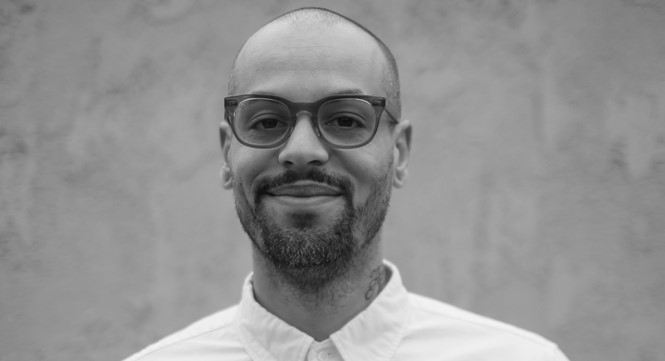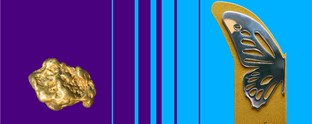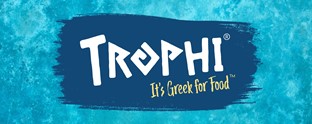Five minutes with Yego Moravia

Yego Moravia, executive creative director at global creative studio Stink Studios LA, has helped to build and lead the Los Angeles office of Stink Studios, working with client partners such as WeTransfer, Netflix, and Nike. Now, he talks to Transform magazine about his experience in the industry and how he balances his many roles successfully.
You are a multidisciplinary creative director, designer and educator. How do balance all of these titles without losing focus or without having one dominate the other?
Well, to be truthful, at this point in my career the majority of my focus is on creative direction and developing our creative teams at Stink Studios. However, my design practice and education work are ever informing how I approach creativity and management. That said, I still take on side projects fairly often and am always honing my design craft.
How do the multiple aspects of your job help you and how do they challenge you?
The greatest challenge a creative director has is finding new ways to communicate ideas to many different kinds of people. Teaching has a similar challenge. I believe I am successful in creative direction because of my time teaching. It taught me to use empathy, storytelling and practical metaphors as tools to impart my ideas on creativity on others.
It was quoted that you believe in ‘creating eye-level experiences that bring value to the world.’ What do you mean by that? How does that translate in your work?
To me, this means seeking to produce work who’s primary goal is to spark genuine intrigue and interest from its audience. At Stink, we want to do projects that people actually want to spend time with. So often advertising puts out work that’s trying to trick the viewer into paying attention through creepy targeting or click-bait. We would like to change that practice by proving that an eye-level approach to communicating with our audiences provides a greater value to our clients.
As an artist yourself, how do you incorporate art into corporate environments and data-driven projects?
Very carefully. Our work at Stink only partially relies on visual or conceptual art as its inspiration. We must mix its influence on our work with trends and themes from other disciplines, such as strategy, public relations, design, technological innovation, as well as business. This gives us more relevant concoctions of inspiration that can then launch us into doing great work for our clients. Ironically, the fine art industry has similarly had been looking for inspiration from other fields and has more recently been influenced by the world of advertising and communications.
Do you feel that sometimes in business creativity gets stifled by the urgency to make profit?
Certainly, this happens. The vast majority of work produced in the creative industry is given the sole purpose of simply moving units. This makes sense; many marketers would be satisfied with slight upticks from quarter to quarter. However, some creative agencies and brands know that the best work tries to balance the desire to connect on more emotional levels with their audiences with the reality of making sales. This kind of work strengthens and lengthens the relationships between a brand or product and its audience. And that audience will likely also buy something in the process.
What is the design and decision making process your company uses with regards to brand?
Stink Studios has a hybrid process when approaching creativity that’s flexes and changes depending on who the people are in the office and what their experience has been. That said, we generally engage in some sort of strategic and/or visual discovery phase. From there, we often move into a creative development phase, playing and discerning the whole time. Then we refine, refine, refine and produce the work.
Do you have an example of recent work or a campaign you’ve worked on that you can share?
We are proud of our global work for Strava and WeTransfer this year. Those clients were with us every step of the way, pushing us to make the work better and better. Those projects are highlights of our efforts this past year.
For more from Transform magazine, follow us on Twitter @Transformsays












